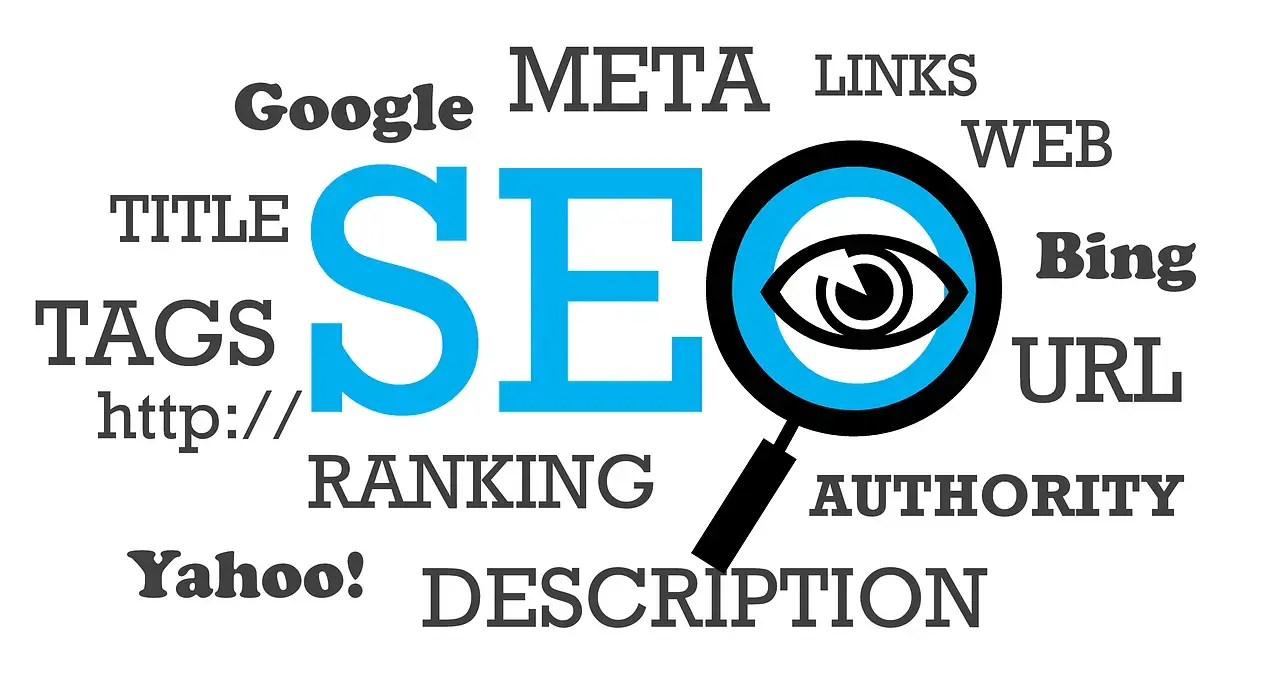Brand Your Site Value with Marketing Graphics Design
To capture audience attention with your marketing strategies, choosing the best typography is crucial. Define font type
Read More
SEO (Search Engine Optimization) compatibility refers to how well a website adheres to search engine guidelines and best practices to improve its visibility and ranking in search engine results. An SEO-compatible website is designed, developed, and maintained to make it easy for search engines to crawl, index, and understand website content. This includes various on-page and off-page elements that collectively enhance a website’s search engine performance.
Site Speed: Fast-loading pages are favored by search engines to rank on top of search results and provide a better user experience than low-loading pages. Your can test the speed of your website using the following tools Google Speed Insights, Pingdom or GTmatrix
Mobile-Friendliness: With most searches coming from mobile devices, having a responsive design is critical. Google uses mobile-first indexing, meaning the mobile version of your site is considered the primary version. This means that the website that are not responsive are not considered to rank on top the Google Search results.
Secure Sockets Layer (SSL): HTTPS is a ranking factor. A secure site with an SSL certificate builds trust between users and search engines. You can choose to buy your hosting plan that include SSL.
Clean URL Structure: URLs should be simple in manner that human can read it, its should be descriptive, and free of unnecessary parameters or characters.
Keywords: Proper keyword research and placement are essential for website ranking. Keywords should be naturally incorporated into titles, headers, Meta descriptions, and content. To get best keywords for your business you can do research using the following free tools Semrush, WordStream, Google Keyword Planner or /ahrefs
Meta Tags: Title tags and Meta descriptions should be natural and compelling, providing a clear and concise summary of the page content.
Content Quality: High-quality, relevant, and original content is key. Content should provide value, be well-organized, and be easy to read.
Header Tags: Use H1, H2, and H3 tags appropriately to structure content. This helps search engines understand the hierarchy and importance of content.
Alt Text for Images: Describe images using alt text to improve accessibility and help search engines understand image content, you can add your keywords in the image alt tag.
Backlinks : Quality backlinks from reputable sites signal authority and trustworthiness to search engines. Focus on earning backlinks through guest posts, partnerships, and high-quality content to avoid backlinks from insecure sites
Social Signals: Engagement on social media can indirectly impact SEO. Share content and encourage social interaction to increase visibility.
Navigation Easy-to-use and intuitive navigation helps users and search engines find content quickly, by linking your website with other pages will improve user navigation within your site and increase the time visitor spend on your site.
Readability Content should be well-organized, with short paragraphs, bullet points, and visual aids to enhance readability.
Engagement Metrics High engagement metrics, such as low bounce rates and high time-on-page, indicate that users find your content valuable.
Start by performing a comprehensive SEO audit to identify areas for improvement. Invest in SEO keyword generator tools, and hire a skilled expert or SEO agency.
SEO is an ever-evolving field. Stay updated with the latest trends and algorithm changes to ensure your site remains compatible.
Focus on creating high-quality, relevant content that meets the needs of your audience. Regularly update your content to keep it fresh and engaging.
Ensure your site is mobile-friendly. Use responsive design techniques to provide a seamless experience across all devices.
Focus on earning high-quality backlinks through content marketing, guest blogging, and building relationships with industry influencers.
Use tools like Google Analytics and Google Search Console to monitor your site’s performance. Analyze the data to identify what’s working and what needs improvement.
For your website visibility to be very high across all search engines ensuring your website adheres to SEO best practices, you can improve visibility, enhance user experience, and achieve long-term growth. At WebStride Solutions we specialize in helping businesses optimize their websites for search engines.
Understand The Best Web Designing & Development Practice
To Boost Your Online Presence

To capture audience attention with your marketing strategies, choosing the best typography is crucial. Define font type
Read More
For you website visibility to very high across all search engines ensuring your website adheres to SEO best practices
Read More
Creating a business website is a crucial step toward establishing a strong online presence and attracting customers
Read More